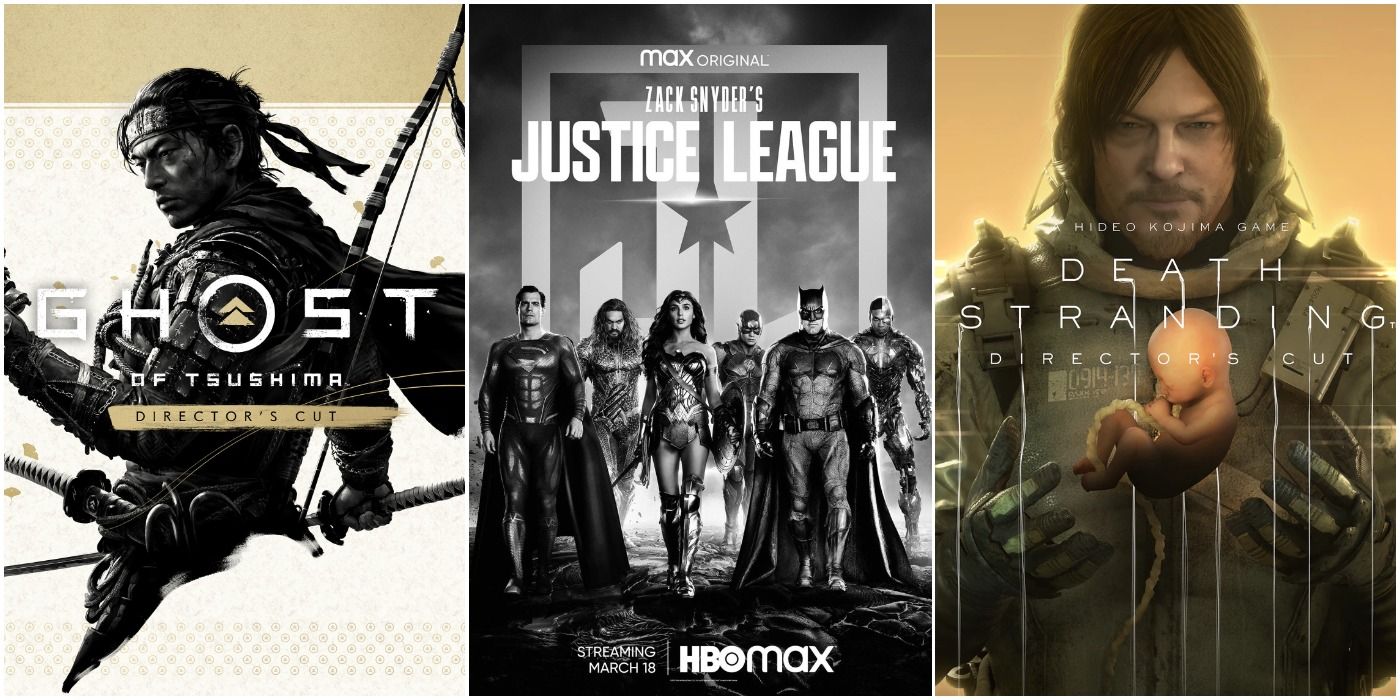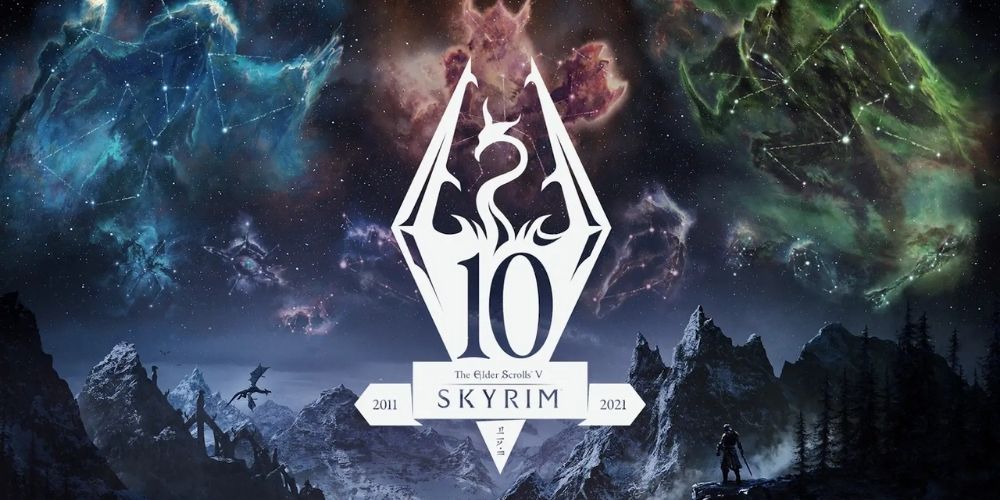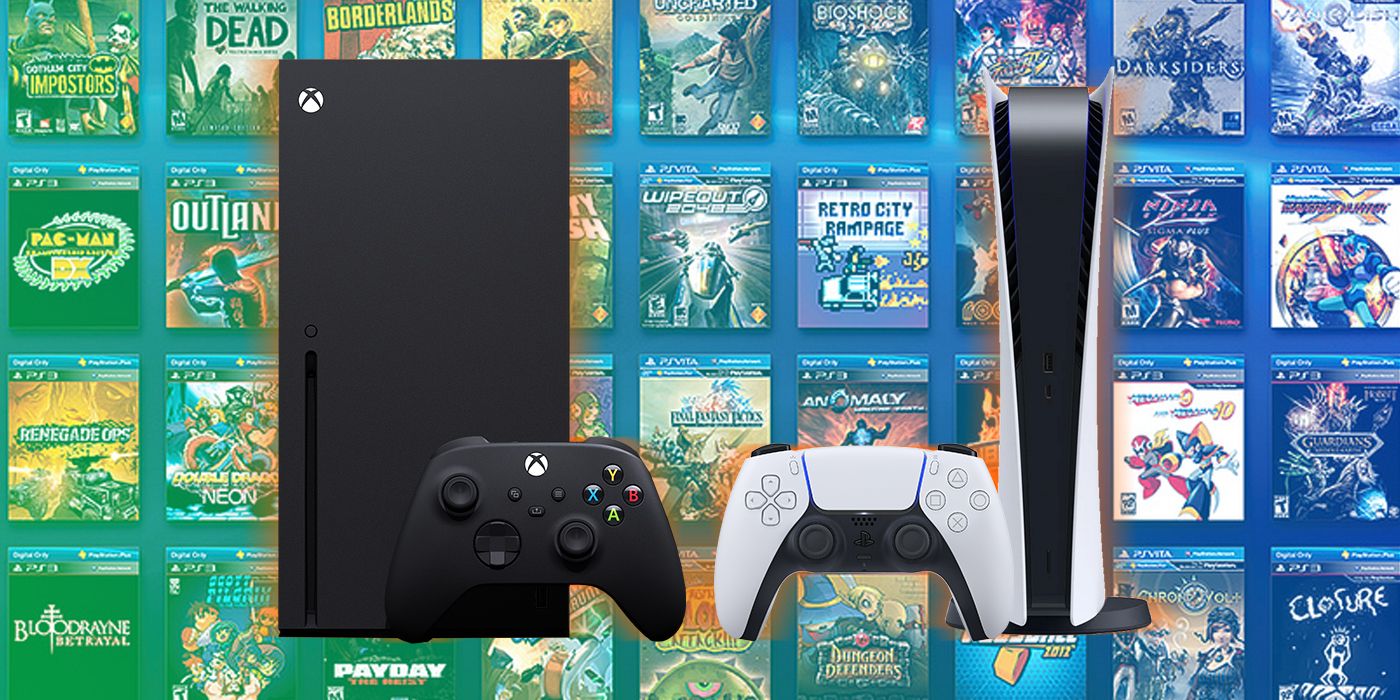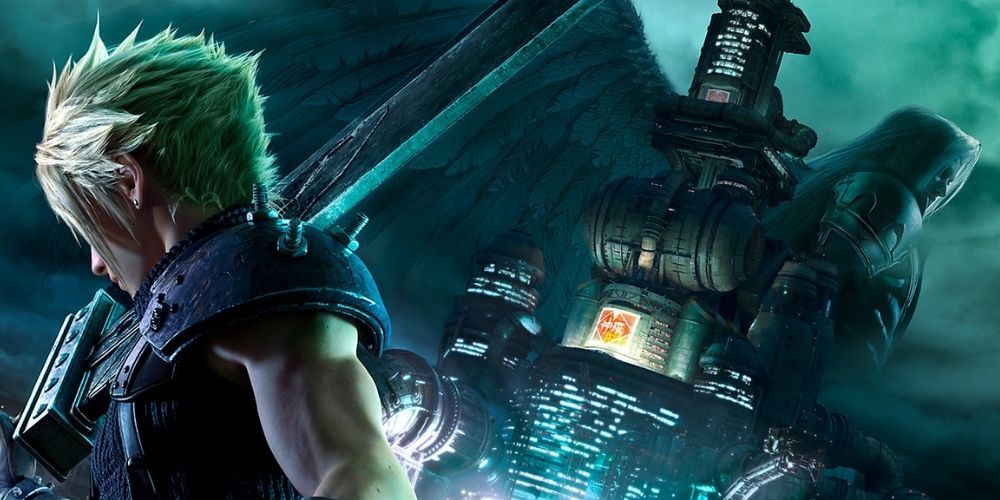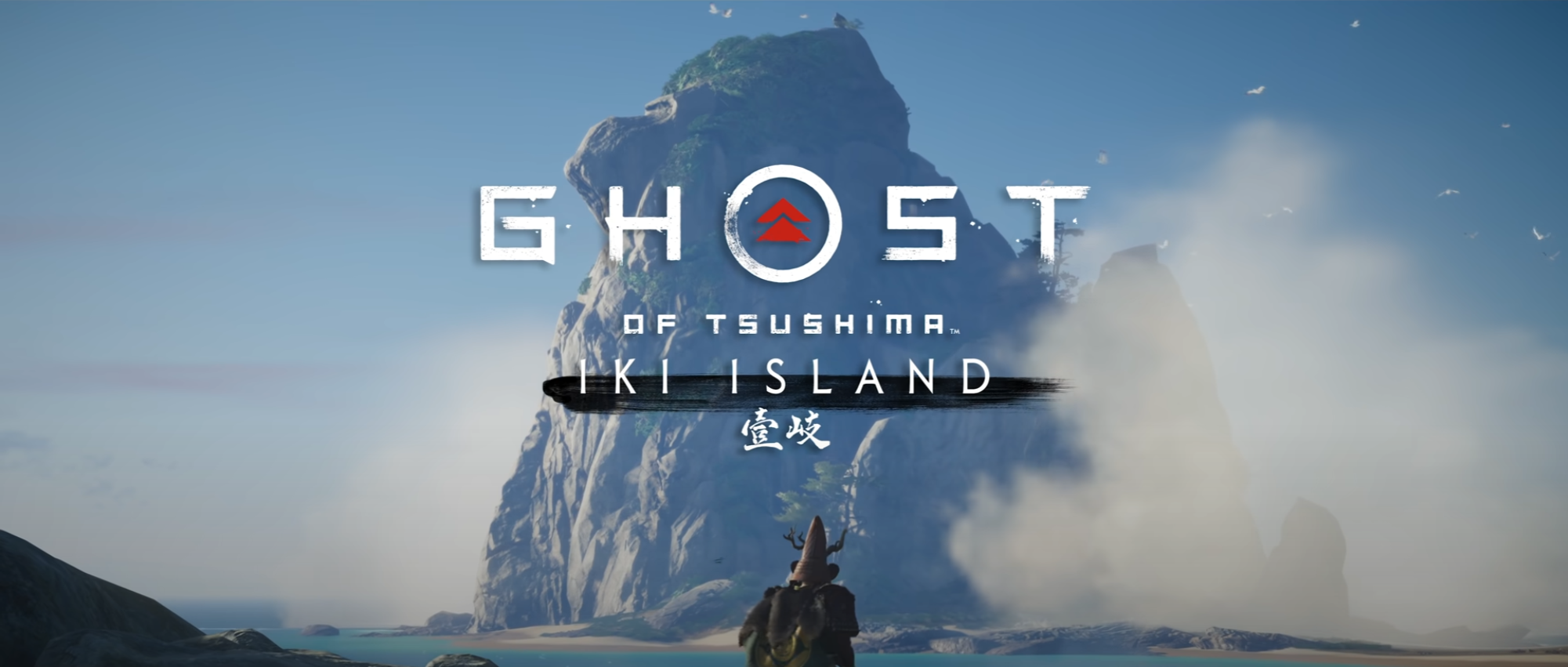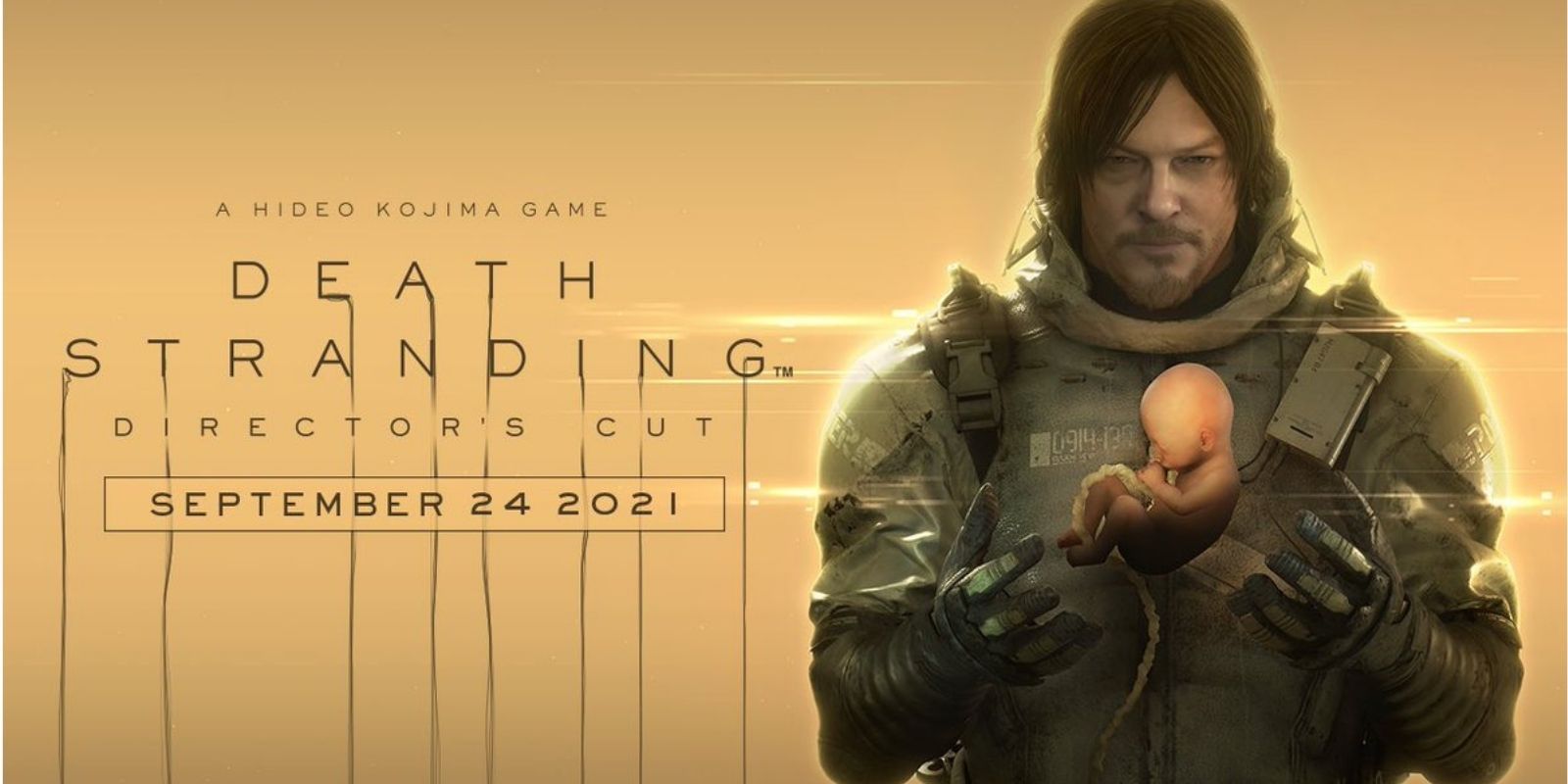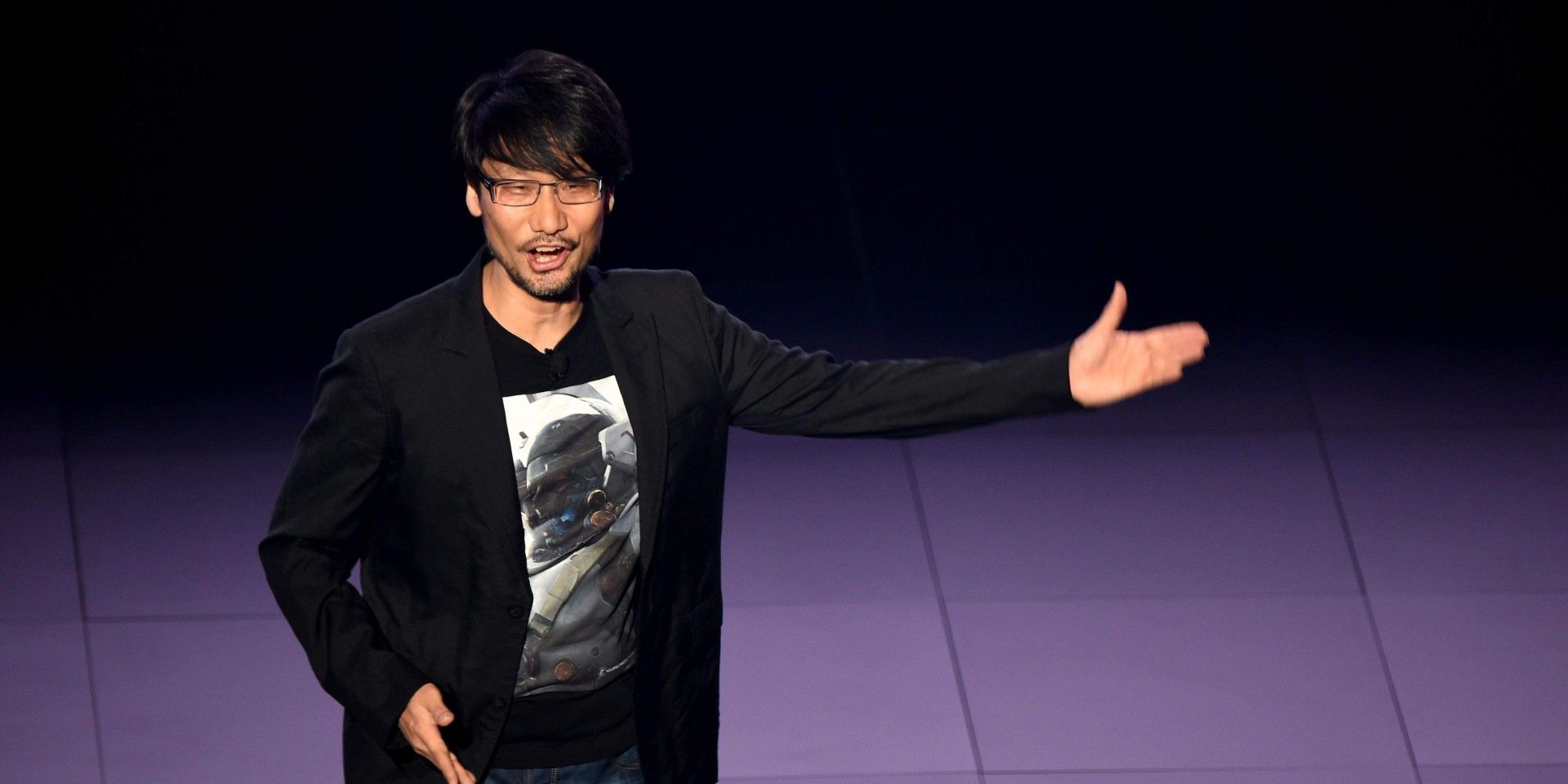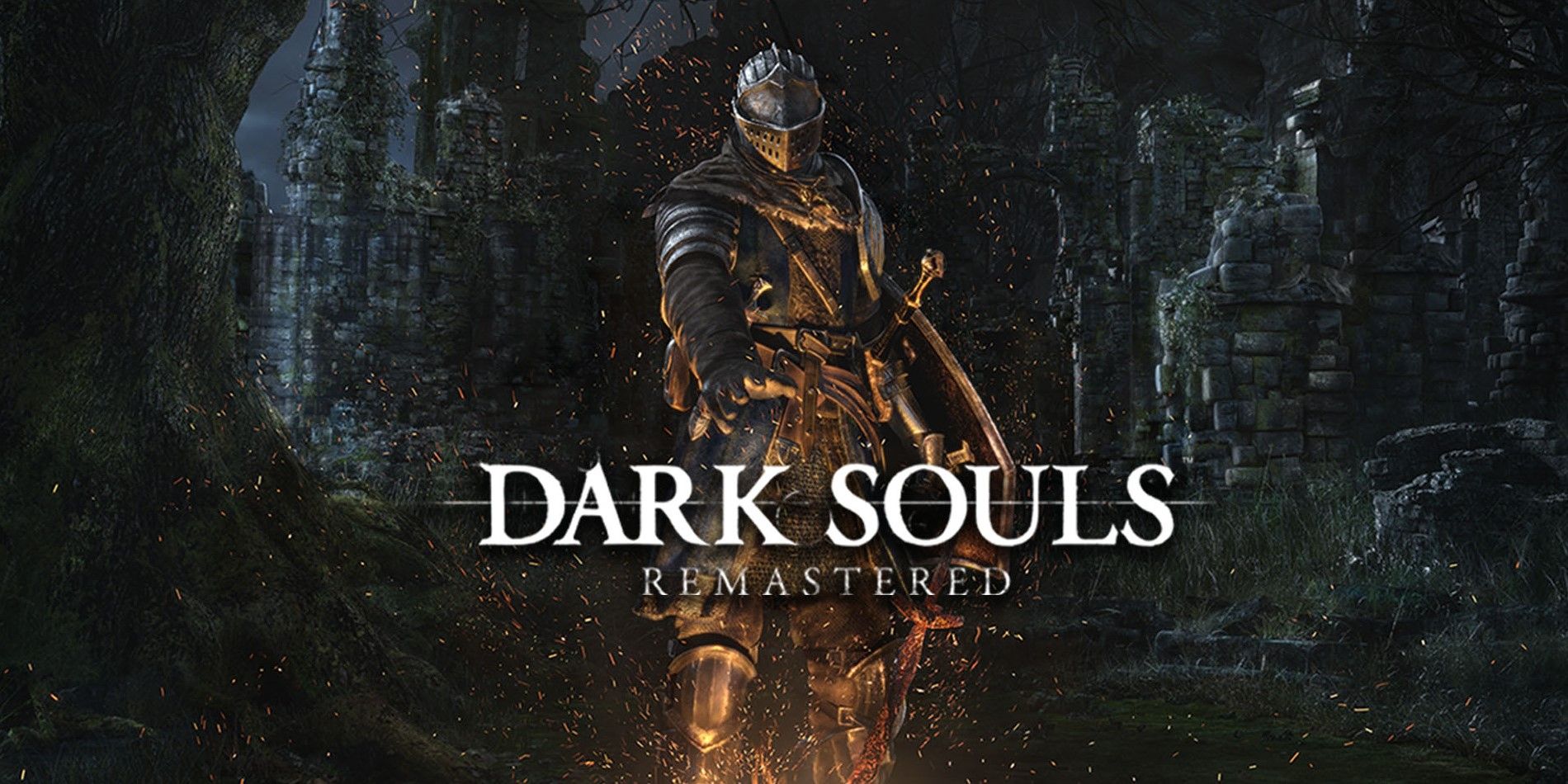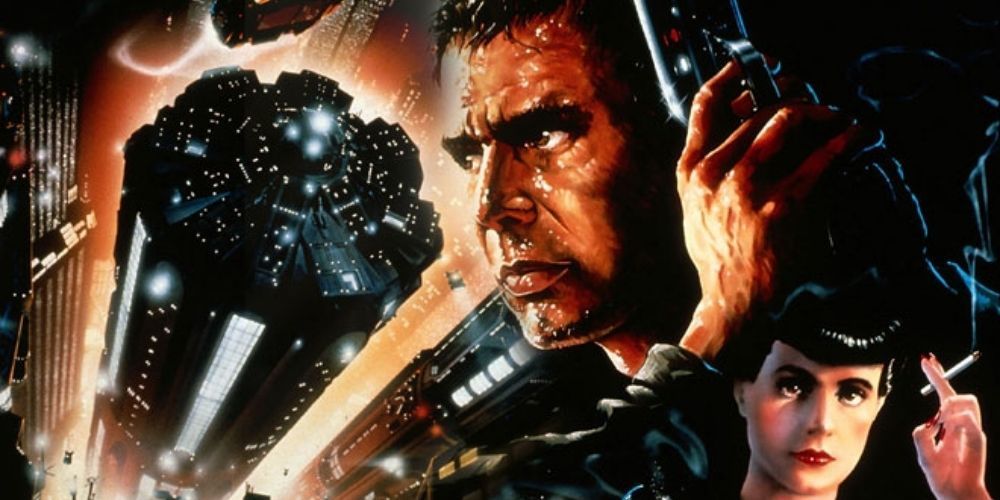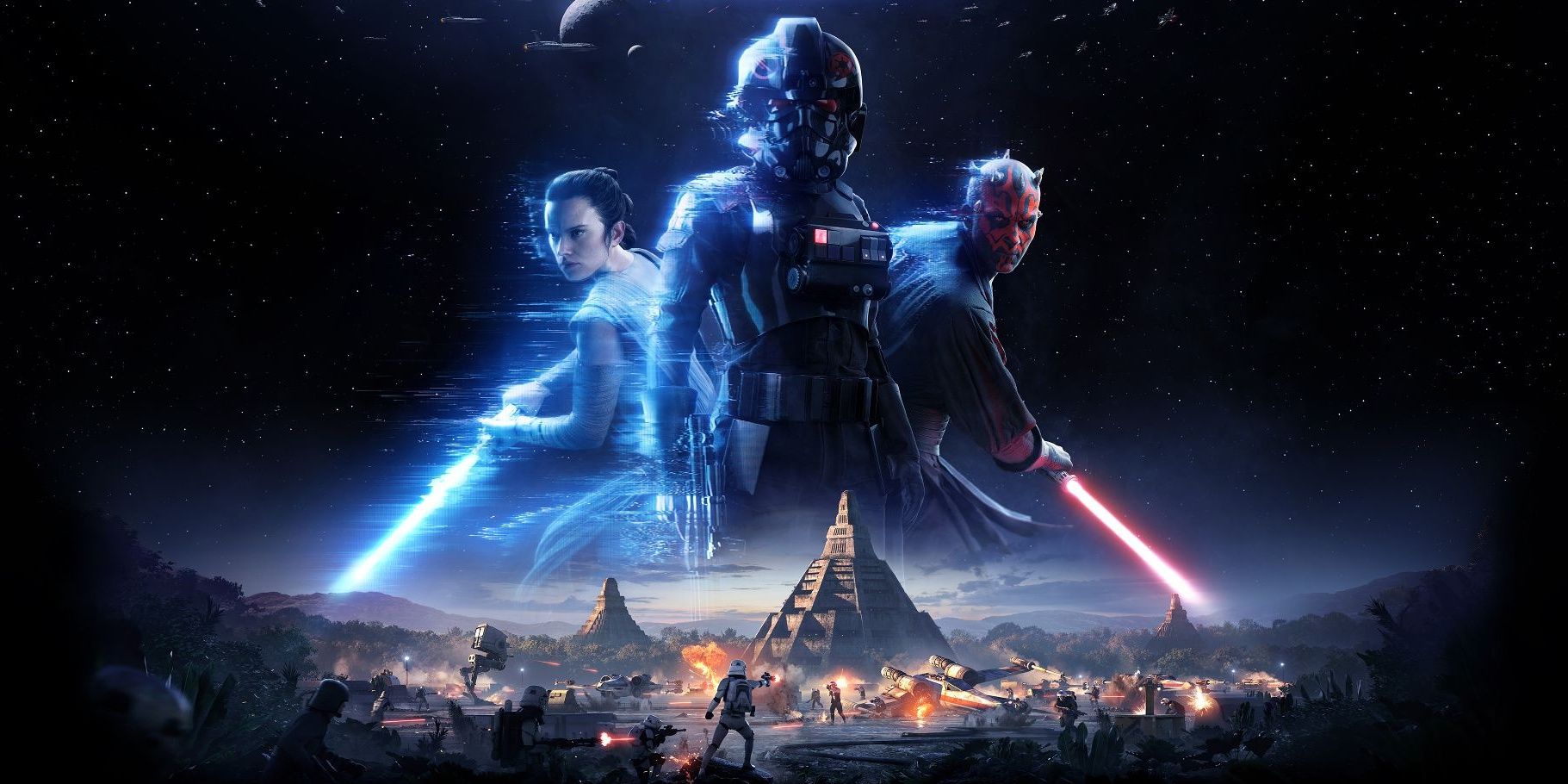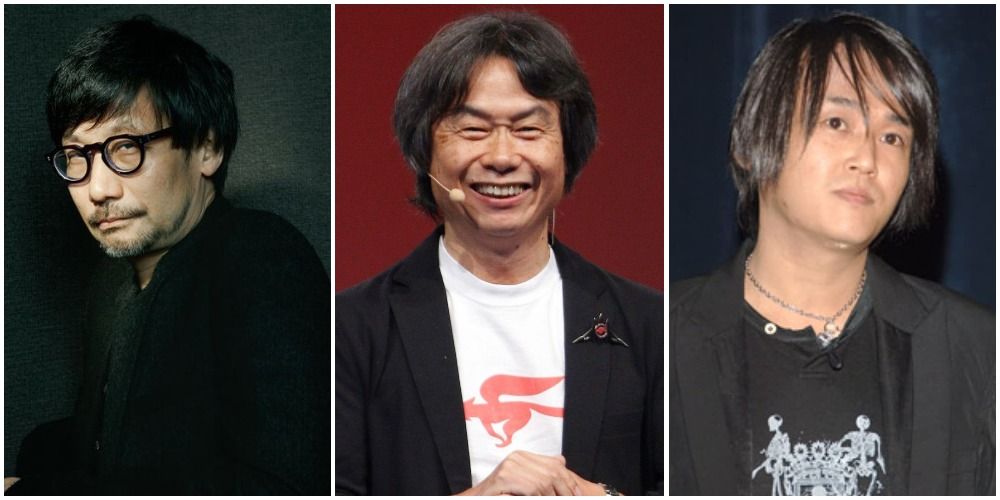Sony's recent and upcoming (re)releases of Ghost of Tsushima and Death Stranding as director's cuts have sparked a series of online discussions about the efficacy of such branding in the video game industry, and what the long-term effects of would conceivably look like if studios were to adapt this as a marketing trend.
The term itself is indubitably derived from the movie industry, and Sony's recent increased interest is likely influenced by the wild success of cinematic re-releases such as Zack Snyder's Justice League on HBO Max. However, pushback suggests that video games may already have a "director's cut" in their DLCs and expansions. Nevertheless, the contentious topic brings with it a series of opportunities and pitfalls for gaming moving forward.
10 Good: Adds New Content & Quality-Of-Life Updates
The bottom line is this: Game developers wouldn't be able to effectively recirculate a game if nothing was added to the base game. Even Bethesda's famous rereleases of The Elder Scrolls: Skyrim are never without additive content, with the upcoming 10th Anniversary Edition set to also include over 500 Creation Club pieces.
Likewise, director's cuts feature additional content and quality-of-life updates, with some cuts going as far as adding full expansions. The recently rereleased Ghost of Tsushima, for example, showcases the well-received Iki Island expansion. Other cuts, like Death Stranding, have the potential to draw audiences in with features like a newly-added race track.
9 Not Good: Can Be An Excuse For Console Exclusivity
Unfortunately, director's cuts also present another opportunity to for studios to bribe players into investing in the new console generation. While the PS5 and Xbox Series X have been out for the better part of a year now, too few AAA generation-exclusive titles have dropped on the platforms thus far to warrant the jump for many PS4 and Xbox One players.
The focus on director's cuts can ultimately divert time and resources away from the exclusive games like Horizon Zero Dawn and God of War that define console generations. Instead of the exciting sequels that fans have long been clamoring for, the exclusivity of director's cuts— like Death Stranding— leave players treading in familiar waters.
8 Good: Offers More Content Than A Typical Remaster
Often times, when a studio announces a remaster or remake of a beloved classic, the most fans can typically expect little in terms of new content from the rerelease. Admittedly, there are exceptions like the rapturous Final Fantasy VII Remake which completely reimagines the game from the ground up, but they are few and far in between.
Ultimately, fans expect a rehash of the same story with a fresh coat of paint (and sometimes improved framerate) in a remaster and remake. Director's cuts, however, suggest something a little more ambitious. With the addition of accessibility features like photo modes and selectable performance options, director's cuts are able to expand on older entries in new ways not done before.
7 Not Good: Just Another Name For DLC & Expansion Packs
Perhaps one of the most apparent aspects working against the need for a director's cut trend in video games is that the industry already has a name for content added to base games: DLC and/or expansion packs. Like movies, additive content isn't something that's new to gaming— so what's with the rebranding?
There's an argument to be made for director's cuts differentiating themselves from standalone DLCs and expansions; they're also supposed to optimize and weave new elements into the base game. Yet DLC and expansions like Intergrade for Remake and Re:MIND for Kingdom Hearts III already do this, making director's cuts little more than a redundancy in rereleases.
6 Good: Gives Studios More Time To Achieve Their Vision
As a form of entertainment, video games are a piece of art. That means the development of a game is never truly finished; the process is dynamic and always changing as something is transformed from a concept or idea into a full-fledged game. Consequently, there's always something here or there that could be adjusted to make the game better.
In the gaming industry, such adjustments are often the result of bugs and glitches. This, however, is not necessarily accurate all of the time. While feedback and beta testing allow for developers to improve upon their games, sometimes a studio can't fulfill their vision for a game due to deadlines; director's cuts, then, are a suitable remedy to help developers achieve their vision.
5 Not Good: It Isn't Actually The Director's Real Vision
Following the announcement of the director's cut of Death Stranding at Geoff Keighley's Summer Game Fest in June, the world-renowned game director Hideo Kojima took to Twitter to discuss his skepticism of the game's title, suggesting instead that it be called "Delector's Plus" to better represent that new content was produced for the rerelease.
In the initial tweet, Kojima explains that because "director's cuts" are derived from film, they are meant to represent the additional edits a director makes to their movie after release to achieve their real vision. However, the game industry has repurposed the word, meaning the term no longer stands for a game director's original vision like it suggests.
4 Good: Presents The Opportunity To Include Cut Content
In line with Kojima's thoughts, the potential for director's cuts of video games to feature cut content specifically is certainly there. While remastered in 2018, Hidetaka Miyazaki's Dark Souls— notorious for its difficulty— works as an excellent candidate for a director's cut, with a number of challenging monstrosities left on the cutting room floor.
And, while fans are constantly pining for new content or the next sequel, there is nostalgic opportunity in revisiting old worlds and stories. Games don't need to be fully reimagined like Final Fantasy VII Remake to bring something new to the table, as something like director's cuts can also offer the chance to present more complete stories.
3 Not Good: A Blatant Attempt To Copy The Movie Industry
One worst looks for the video game industry is the blatant attempt to copy the success that the movie industry has found with director's cuts. While the recent success of the Snyder Cut is of notable influence, successful (and unsuccessful) director's cuts in the film industry have been around for a while, such as 1992 director's cut of Ridley Scott's 1982 film Blade Runner.
What makes this copycat attempt look so bad, however, is that it delegitimizes games as an art form equal to that of cinema. Long has there been an unspoken need to prove the artistic validity of games— director's cuts undermine these efforts by suggesting that games need to use filming practices as a proxy to be considered "real art" in the entertainment industry.
2 Good: Studios Can Take Community Feedback Into Account
Conversely, one of the best aspects of director's cuts is that it acts as a second chance to get a product "right" amongst its consumer base. While this trait applies to the movie industry, it applies even more so to the gaming industry, especially given their interactive nature and multiplayer functionalities.
Communication with gaming communities is key to a game's success. Despite the disastrous launch of Electronic Arts' 2017 Star Wars: Battlefront II, the game eventually found success in its multiplayer modes because EA listened to its player base, adjusted accordingly, and maintained a consistent stream of new and exciting content.
1 Not Good: Emphasizes The Director Over The Rest Of The Studio
Perhaps the worst thing about the entitling "Director's Cut" is the name itself—vin essence, it implies that the director is solely responsible for the vision of a game. While directing legends like Hideo Kojima, Shigeru Miyamoto, and Tetsuya Nomura rightly deserve the credit they've earned over the years, they certainly did not do it alone.
Yet, through the countless releases and rereleases of multiple successful franchises that have turned their respective companies into gaming empires, these people have become the gaming equivalent of auteurs. Director's cuts only reinforce this, and further a game development culture that has become inundated with overworking, crunch times, and perfection.

